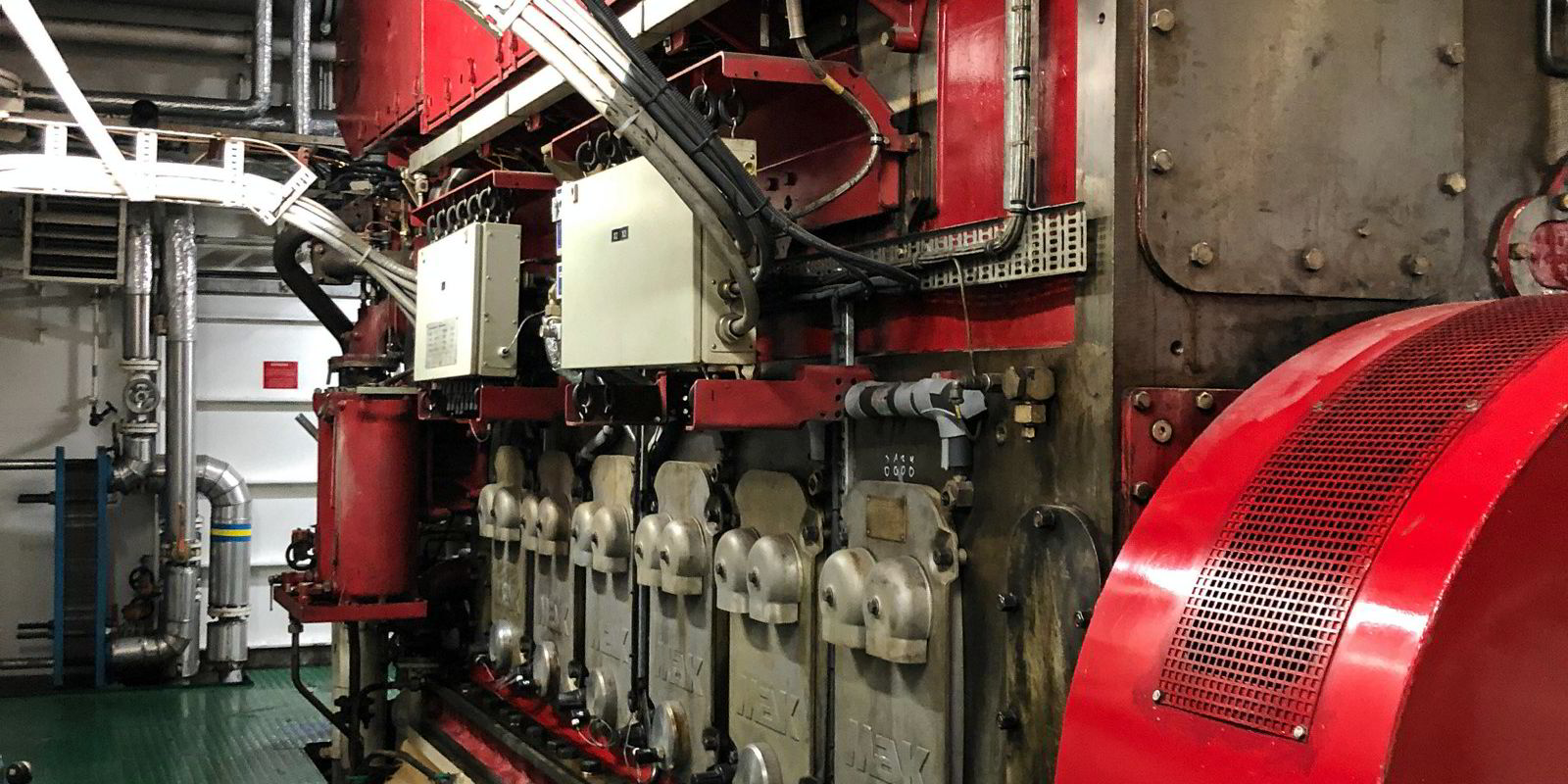As shipping looks to liquefied hydrogen as a way to move the zero-carbon fuel on long-haul routes, a key challenge is the fast rate at which the cargo is lost to boil-off when shipped at intensely cold temperatures.
Classification society ABS recently unveiled a concept design of an 80,000-cbm liquefied hydrogen carrier that aims to overcome that problem by using technology deployed by the National Aeronautics and Space Administration (NASA) to store hydrogen fuel.
However, using space tech to move hydrogen at -253C does not come cheap.
Georgios Plevrakis, vice president of global sustainability at ABS, said: “The problem is that this is extremely expensive so far, and it hasn’t been used to facilitate these large quantities.”
ABS’ Net Zero Navigator design, developed with Herbert Engineering, would use spherical storage tanks developed by NASA to store hydrogen at the Kennedy Space Center for use on the space shuttle.
The double-skin steel tanks, insulated with low-vacuum glass bubbles, aim to deal with the fact that hydrogen is “notoriously difficult” to store safely and has a high boil-off rate when stored as a liquid at cryogenic temperatures.
To keep the fuel in liquid form in such extremely cold conditions, the design envisages a complex refrigeration system developed by NASA to control boil-off.
The system, also featured on a 25,000-cbm hydrogen carrier design, is expected to lead to zero boil-off.
The hydrogen carrier would be powered by LNG, as ABS said using this fuel for the refrigeration system is significantly cheaper and safer than venting hydrogen.
Plevrakis said ABS does not expect to see hydrogen shipped across long distances over the next few years. It is currently far easier and makes more economic sense to carry ammonia, which is made from hydrogen and can be converted back at the end of a journey.
But tackling hydrogen boil-off could represent a future “turning point”.
“If we manage to reduce the losses of liquefied hydrogen along the way on that route, then hydrogen will become more or equally competitive with the carriage of ammonia,” he said.





